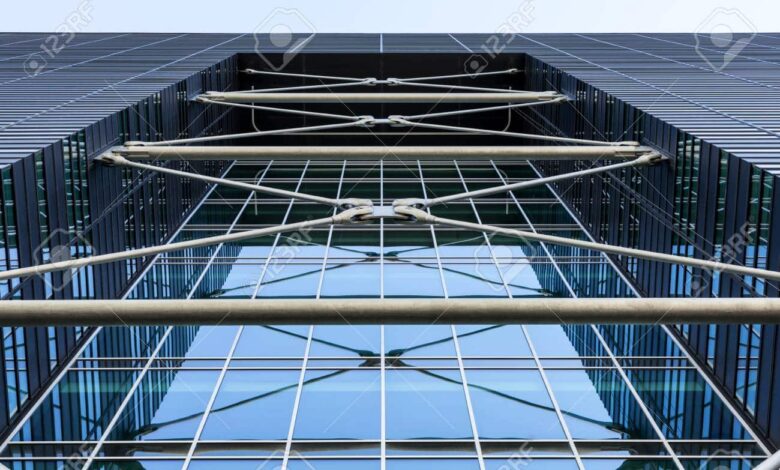Metal Office Buildings: Revolutionizing Modern Workspaces

Metal buildings are redefining the architectural landscape of workspaces, offering a blend of durability, efficiency, and modern aesthetics. These structures, primarily constructed from steel, are gaining popularity due to their numerous advantages. They surpass traditional building materials like concrete and wood in many aspects, and steel’s durability and flexibility contribute to this growing preference.
This article explores the benefits and innovations of metal office buildings, demonstrating why they are becoming the preferred choice for new office construction. These buildings are particularly favoured for their modern aesthetic and functional flexibility. They offer significant cost and time savings during construction. Their growing popularity is a testament to their superior characteristics and broad application potential.
Durability and Sustainability
Robust Construction
One of the most significant benefits of metal buildings is their exceptional durability. Steel, the primary material used in these buildings, is known for its strength and longevity. It resists environmental factors such as moisture, pests, and fire more effectively than other construction materials. This resilience ensures these buildings can withstand harsh weather conditions, making them ideal for various geographical locations.
Eco-Friendly Features
They are often celebrated for their sustainability. Steel is one of the most recyclable materials in the world, and using it in construction reduces industrial waste. Furthermore, these buildings can be outfitted with energy-efficient systems such as solar panels and green roofs, enhancing their eco-friendliness and reducing operational costs through improved energy usage.
Cost-Effectiveness and Efficiency
Reduced Construction Time
Office construction is notably faster than traditional construction. Components are pre-engineered and fabricated off-site, streamlining the assembly process and significantly reducing construction time. This swift construction method lowers labour costs and allows businesses to commence operations sooner, providing an economic advantage.
Maintenance Ease
They require less maintenance over their lifespan compared to constructions made from traditional materials. Steel’s durability minimizes the need for frequent repairs and renovations, which can lead to substantial cost savings. Additionally, the surface treatments on metal panels prevent rust and decay, reducing the need for upkeep.
Flexibility and Aesthetic Appeal
Customizable Designs
Steel offers remarkable flexibility in design. Its versatility allows for a wide range of architectural styles, from traditional to contemporary, without compromising structural integrity. Building layouts can be easily customized to meet specific functional requirements, including open floor plans or segmented workspaces, accommodating the dynamic needs of modern businesses.
Modern Aesthetic
Beyond functionality, metal buildings provide a sleek, modern aesthetic that can enhance the visual appeal of business premises. The clean lines and the ability to incorporate large glass facades result in bright, airy office environments that are attractive to employees and clients alike. This contemporary appearance can significantly boost a company’s brand image.
Adaptability for Future Modifications
Scalability
As businesses grow, their space requirements can change. They are designed with future modifications in mind. Structures can be expanded by adding new modules, and interior layouts can be reconfigured with minimal disruption. This adaptability makes metal buildings a long-term solution for businesses planning for scalability.
Technological Integration
With the advent of intelligent technology, metal buildings can easily integrate technological advances, including automated lighting, heating, and security systems. Metal structures’ compatibility with these modern technologies facilitates a more efficient and responsive office environment.
Metal office buildings are transforming the way businesses think about their physical workspaces. With benefits ranging from enhanced durability and sustainability to cost efficiency and aesthetic versatility, these structures meet the demands of modern business operations. As more organizations recognize the advantages of metal constructions, their presence is set to increase, reshaping the future of workplace design and construction. This shift reflects changes in architectural preferences and a broader move towards sustainable and adaptable business practices.
